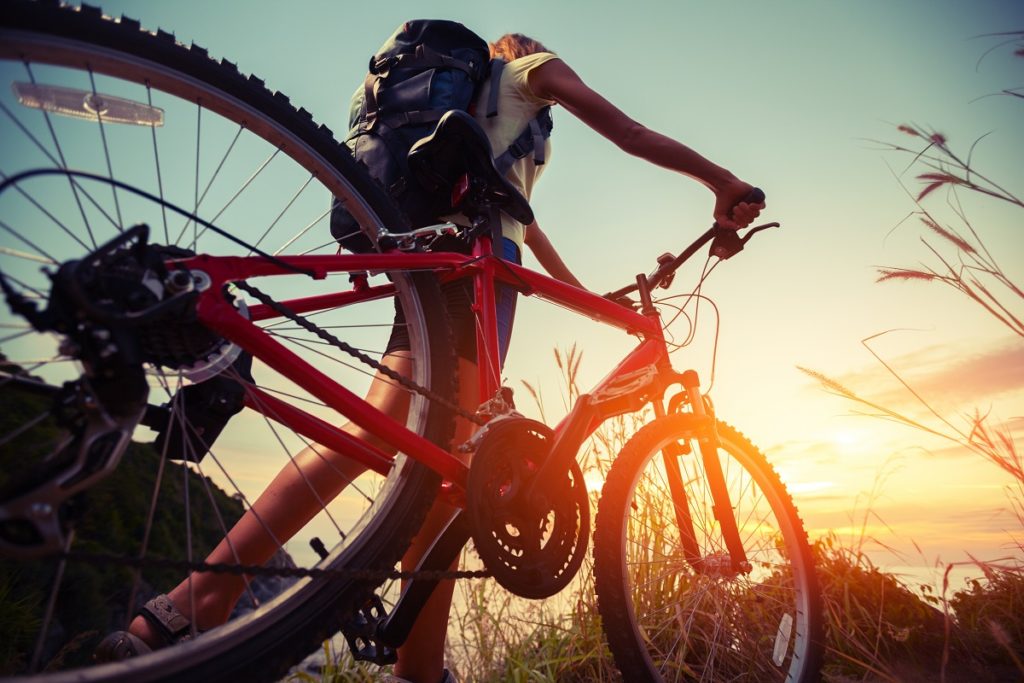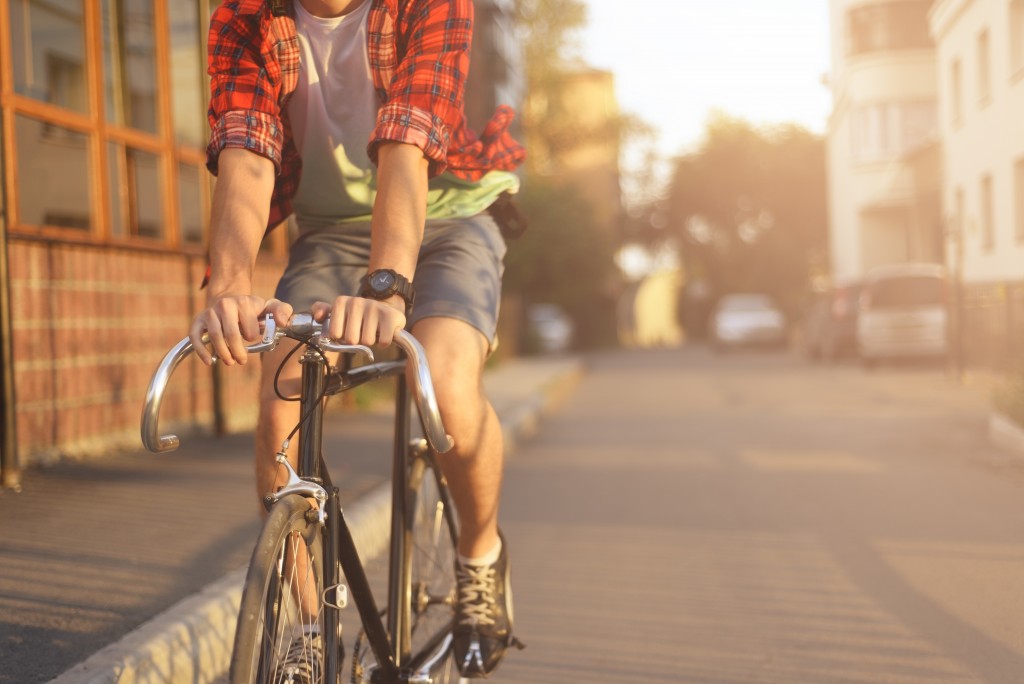Riding a bicycle can be a good travel option since it’s lightweight and allows you to keep your fitness up while producing less harmful emissions for the environment. As long as you have the endurance for it, there’s no downside to making this your primary way of getting around. That said, busy roads with lots of traffic can offer up a significant amount of danger. In the event of an altercation, you should have a bicycle accident lawyer handy to help you out and guide you on the best next steps.
If you don’t want to get into an accident in the first place, here are some things to get done:
Follow the same rules of the road.
Just because you are riding a bicycle doesn’t mean you should think you have more leeway on the road. It’s safer to adhere to the same rules and regulations that keep other riders safe. If there’s a bike lane available, stick to that. Keep a reasonable distance from other vehicles, follow traffic lights, avoid swerving, and generally follow road guidelines to keep yourself safe.
Know your freeway laws
Some freeways are legally traversable on a bike, but there are specific sections that prohibit it, and there are roads where it is altogether not allowed. It’s best to know about where you cannot bike before hitting the road. That can give you a general idea of the best routes you can take without risking having to contend with bigger vehicles going at high-speed and possibly colliding with you or not being mindful of the presence of cyclists.
Be as visible as you can be.
Since you are essentially a smaller speck on the road, you’ll want to be as visible as possible to anyone around you. Go for bright clothing and gear or stickers on your bike, and even opt for as much reflective gear as you can. You don’t necessarily have to be blinding, but you’d be surprised how many riders have limited vision and don’t exactly have the reaction time you want.
Use hand signals often.
Signals are what help drivers to communicate with each other on the road and prevent accidents from happening. Since you don’t exactly have the blinkers a car would have, you’ll have to remember to use hand signals for every move. Whether it’s merely switching lanes, stopping, turning, slowing down, or going into a corner, make sure you are well-versed and that you do them whenever you make a move.
Pack the right gear.

Aside from the essential safety gear like a helmet and even elbow pads, you’ll want to carry a bottle of water, sunscreen, and some bike repair tools handy with you in an easy-to-carry pouch or a compartment if your bike has one. Since you are exposed to the elements, you’ll need to take all of these factors into consideration as well.
If you take heed to these reminders, then you should have a smoother and safer time on your bicycle every day.

